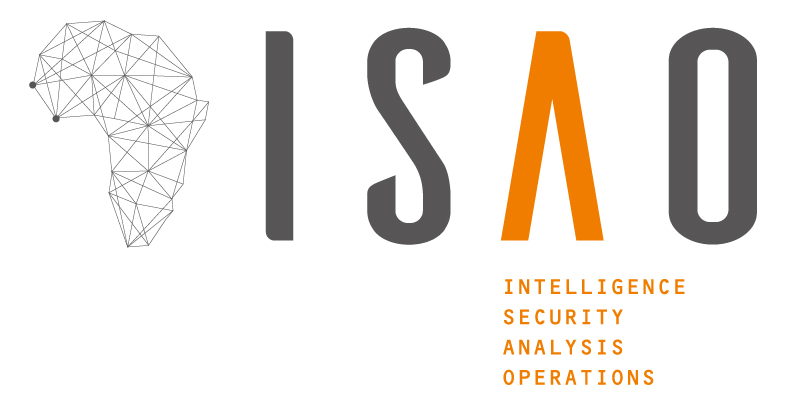In an increasingly tense security context, Mali is facing an alarming resurgence of terrorist activities. Between October 5 and 9, 2024, armed groups multiplied their offensives, skillfully taking advantage of the concentration of Malian Armed Forces (FAMa) in Kidal to strike hard in other strategic regions of the country.
A Strategy of Coordinated Attacks
The recent attacks demonstrate a well-orchestrated strategy by terrorist groups, aimed at simultaneously destabilizing several key regions:
- In the Center: In Mopti, a shepherd was murdered and livestock stolen. The Dan na Ambassagou militia, also targeted, illustrates the complexity of the local security landscape.
- Ségou Region: An ambush wounded several Malian soldiers, demonstrating the insurgents’ ability to strike regular forces.
- In the Northeast: The Group for the Support of Islam and Muslims (GSIM) conducted large-scale operations:
- In Gao, the military airport came under rocket fire.
- In Timbuktu, the airport and a military camp were the targets of coordinated attacks.
- On the Timbuktu-Ber axis, an ambush was foiled, testifying to the vigilance of FAMa.
- In Kidal, improvised explosive devices (IEDs) destroyed several military vehicles.
FAMa: Between Resilience and Challenges
Faced with this growing pressure, the Malian Armed Forces are demonstrating remarkable resilience. Their ability to retaliate and thwart certain attacks underlines their determination to maintain Mali’s territorial integrity. However, the multiplication of fronts and the intensity of assaults pose considerable logistical and strategic challenges.
Perspectives and Issues
This escalation of terrorist violence raises several crucial questions:
- Projection Capacity: Will FAMa be able to maintain an effective presence throughout the territory while concentrating significant forces in Kidal?
- Counter-terrorism Strategy: How to adapt the national strategy to face these multifaceted and geographically dispersed threats?
- Regional Cooperation: What role for neighboring countries and international partners in the fight against this transnational threat?
- Humanitarian Impact: What measures to protect civilian populations, the primary victims of this resurgence of violence?
The response to these challenges will determine not only the future security of Mali but also the stability of the entire Sahelian region. In this context, the resilience and adaptability of FAMa will be key factors in countering the terrorist threat and restoring peace in the country.





